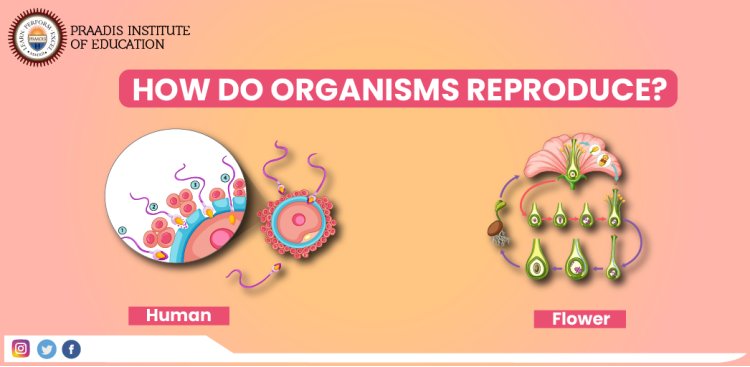How do Organism Reproduce
Organisms reproduce either asexually or sexually. In asexual reproduction, a single organism creates offspring that are genetically identical to itself through methods such as binary fission, budding, fragmentation, or vegetative propagation. In contrast, sexual reproduction involves the combination of genetic material from two parent organisms, leading to genetically diverse offspring. This process includes the formation of gametes (sperm and eggs) through meiosis, fertilization where these gametes unite to form a zygote, and subsequent development into a new organism. These reproductive strategies ensure the continuation of species and adaptation to different environments.

The Importance Of Variation
Variation, the presence of differences in traits among individuals within a species, is crucial for several reasons:
-
Adaptation to Environmental Changes: Variation provides a pool of traits that may offer advantages in changing environments. Individuals with beneficial traits are more likely to survive and reproduce, leading to evolutionary adaptation over time.
-
Disease Resistance: Genetic diversity can enhance a population's ability to resist diseases. If all individuals were genetically identical, a single disease could potentially wipe out the entire population. Variation increases the likelihood that some individuals will have resistance to specific pathogens.
-
Evolutionary Potential: Variation fuels the process of natural selection by providing the raw material for evolutionary changes. It allows populations to adapt to new challenges and opportunities, contributing to long-term survival and speciation.
-
Ecological Stability: Diverse populations can better exploit different resources and occupy various ecological niches, leading to greater ecosystem stability and resilience.
-
Increased Reproductive Success: Variation can lead to a higher likelihood of successful mating and reproduction. Diverse traits can be attractive to mates and can lead to more successful offspring in varying conditions.
Mode of Reproduction Used By Single Organisms






















